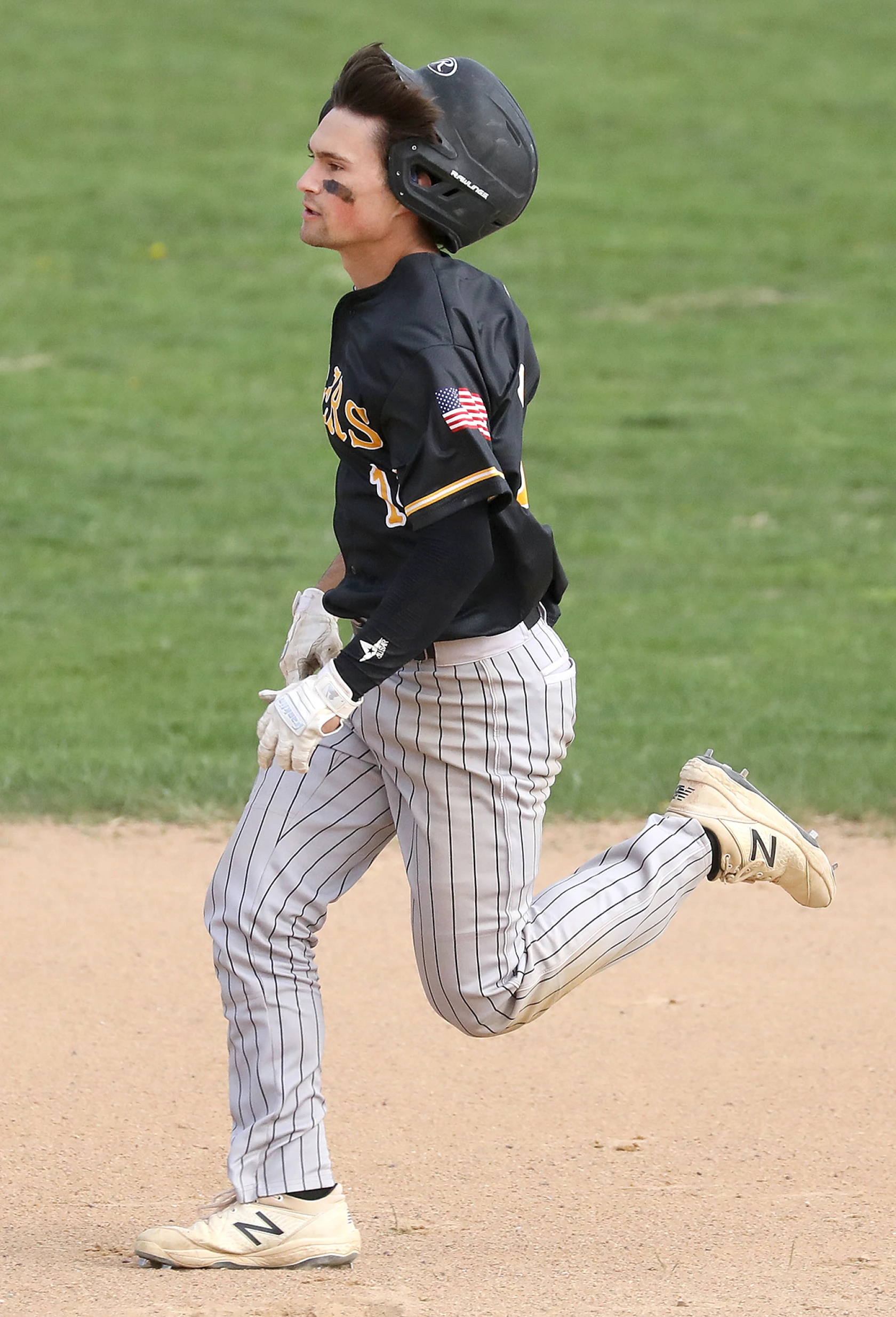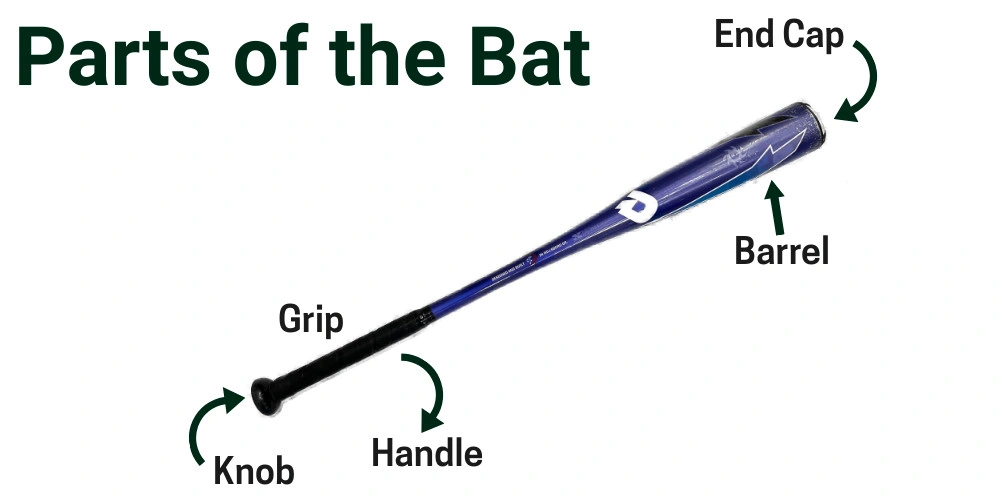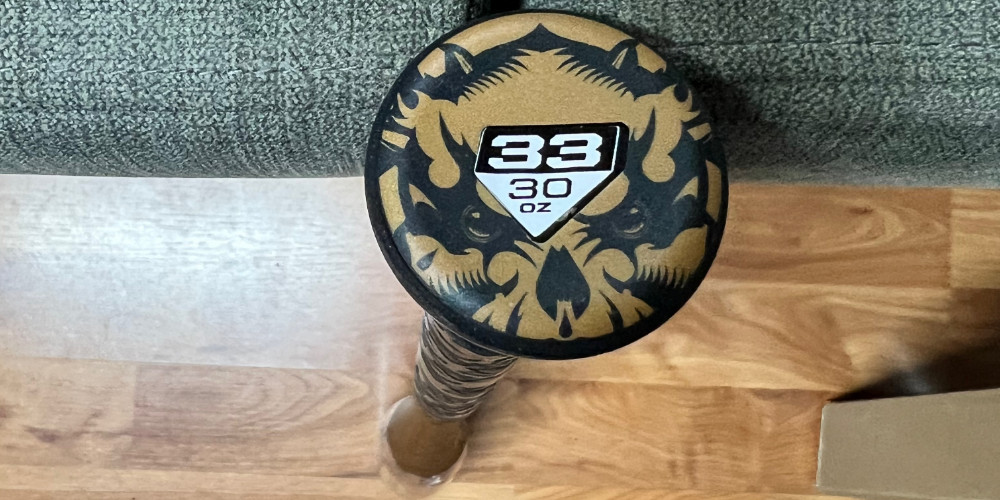Understanding Baseball Bats: Sections and Drop
When looking at the characteristics of a baseball bat, there are four main sections that you should keep in mind.
The knob, or the very bottom of the bat, keeps your hands from slipping off while swinging.
The handle, just above the knob, is where you place your hands when holding a bat. This is where players put their pine tar and batting grip.
Above the handle is the barrel, which is where the ball hits the bat, and above these three things on the other end of the bat is the end cap. Although bats may vary in size, shape, and color, each bat will have these four distinct sections.
Knowing what requirements that your bat needs to have for your specific league is very important. Each league, from tee-ball to the pros, has a set of requirements that a player's bat must reach in order to be legal. The following regulations are from the Little League handbook:
-
Tee-ball bats must be 26 inches or shorter, with the USA baseball mark stamped on the barrel or handle.
-
Minor/Major divisions (ages 7-14) use bats that are 33 inches or less, 2 ⅝ inches in diameter or less, with a drop weight no greater than 12 ounces.
-
High school players must use a bat that has the BBCOR stamp of approval on it, while not exceeding 36 inches in length. The maximum diameter granted is 2 ⅝ inches.
-
College rules are the exact same as high school rules, with the added requirement that using white bats is not permitted.
The drop weight of a baseball bat, or drop for short, is really a simple concept. It is simply a length to weight ratio. A 33 inch, 30 ounce bat has a drop weight of 3 ounces. This is considered a “drop 3” bat. A 30 inch, 20 ounce bat has a drop weight of 10 ounces. This would be called a “drop 10” bat. The most common drop weights used in baseball are drop 3, 5, 8, 9, 10, 12, and 13.
Youth bats can be used up to about 14 years of age, or a year or so before the player reaches high school. Common sizes of youth bats range anywhere from 25 inches all the way to 32 inches. Youth bats generally have large length to weight drops, meaning that they are almost always very light swinging compared to bats used in high school or college. The weight of most youth bats is shown on the knob of the bat.


